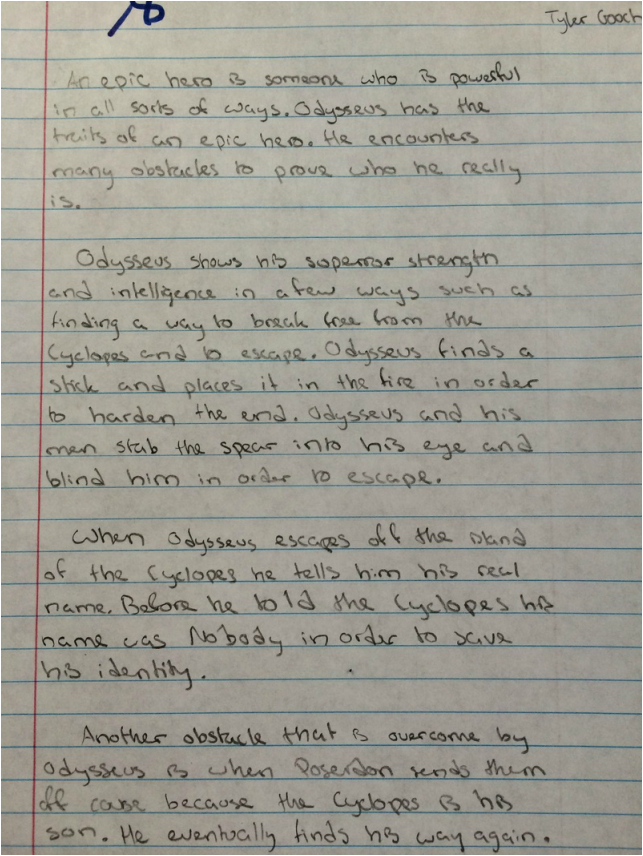How to write this trigger for SQL Server? - Stack Overflow.
The triggered SQL statement can be a single SQL statement or a sequence of SQL statements executed one after another. In the case of a single SQL statement, the triggered SQL statement is merely an ordinary SQL statement.
Specifies that the DML trigger launches instead of the triggering SQL statement, thus, overriding the actions of the triggering statements. You can't specify INSTEAD OF for DDL or logon triggers. At most, you can define one INSTEAD OF trigger per INSERT, UPDATE, or DELETE statement on a table or view.

SQL Server provides three type of triggers: Data manipulation language (DML) triggers which are invoked automatically in response to INSERT, UPDATE, and DELETE events against tables. Data definition language (DDL) triggers which fire in response to CREATE, ALTER, and DROP statements.

An AFTER trigger is the original mechanism that SQL Server created to provide an automated response to data modifications AFTER triggers fire after the data modification statement completes but before the statement's work is committed to the databases.

In this syntax: First, specify the name of the trigger that you want to create after the CREATE TRIGGER keywords. Next, specify the trigger action time which can be either BEFORE or AFTER which indicates. Then, specify the operation that activates the trigger, which can be INSERT, UPDATE, or.

The name for the trigger must also follow the SQL Server standards for naming objects within a database. In this chapter, you name the triggers starting with tg to indicate the object is a trigger, followed by the type of trigger (ins for insert, del for delete, and upd for update), and then the name of the root table the trigger will be.

SQL Server Triggers are used to execute after or before an INSERT, DELETE, or an UPDATE operation on a table. You can use these SQL triggers on Views, or Tables to perform any of the above-specified activities. Remember, you can associate a trigger to a single table only. There are two types of Triggers in SQL Server, and they are AFTER.

SQL Triggers example SQL triggers are the stored programs, which are automatically fired or executed when some events take place. It is like event-based programming. Triggers are written to be executed in the response to any of the following events.

Introduction to SQL Server CREATE TRIGGER statement The CREATE TRIGGER statement allows you to create a new trigger that is fired automatically whenever an event such as INSERT, DELETE, or UPDATE occurs against a table. The following illustrates the syntax of the CREATE TRIGGER statement.

What is a Trigger? Triggers are the SQL codes that are automatically executed in response to certain events on a particular table. These are used to maintain the integrity of the data. A trigger in SQL works similar to a real-world trigger. For example, when the gun trigger is pulled a bullet is fired.

In this tip, we show you how to write T-SQL statements that will create a SQL Server trigger that will execute after we update a column value to a specific value. In the image below we see where we create our example table named tblTriggerTest with a primary key column named pkID, a date column named OrderApprovalDateTime and a varchar column named OrderStatus.

To create a trigger or drop a trigger, use the CREATE TRIGGER or DROP TRIGGER statement, described in Section 13.1.22, “CREATE TRIGGER Statement”, and Section 13.1.34, “DROP TRIGGER Statement”. Here is a simple example that associates a trigger with a table, to activate for INSERT operations. The trigger acts as an accumulator, summing the values inserted into one of the columns of the.

In all cases, the SQL statements running within triggers follow the common rules used for standalone SQL statements. In particular, if an uncommitted transaction has modified values that a trigger being fired either must read (query) or write (update), then the SQL statements in the body of the trigger being fired use the following guidelines.



